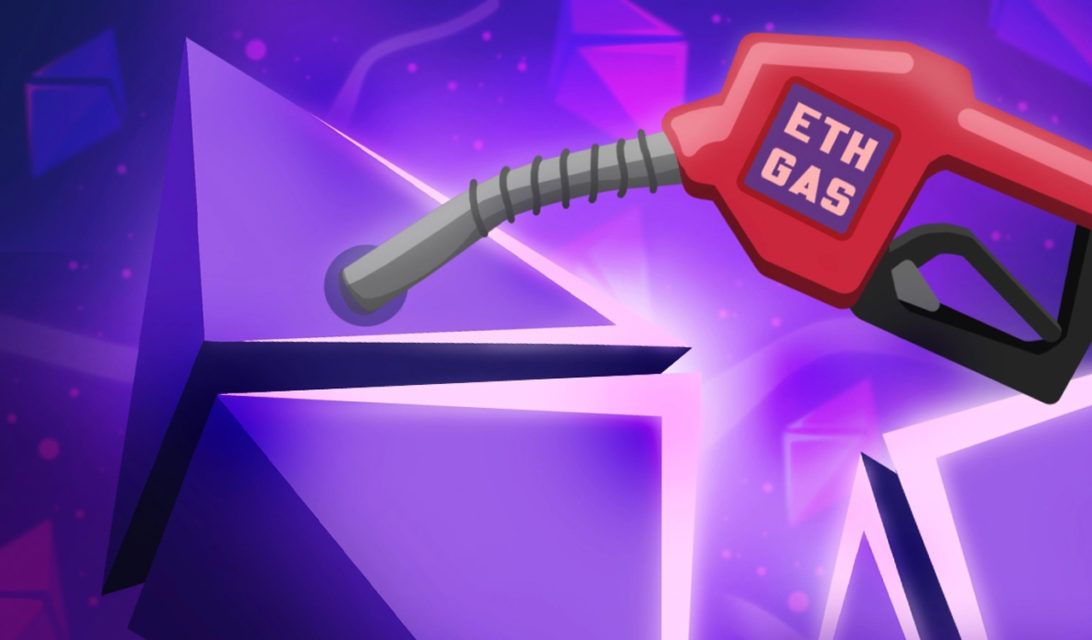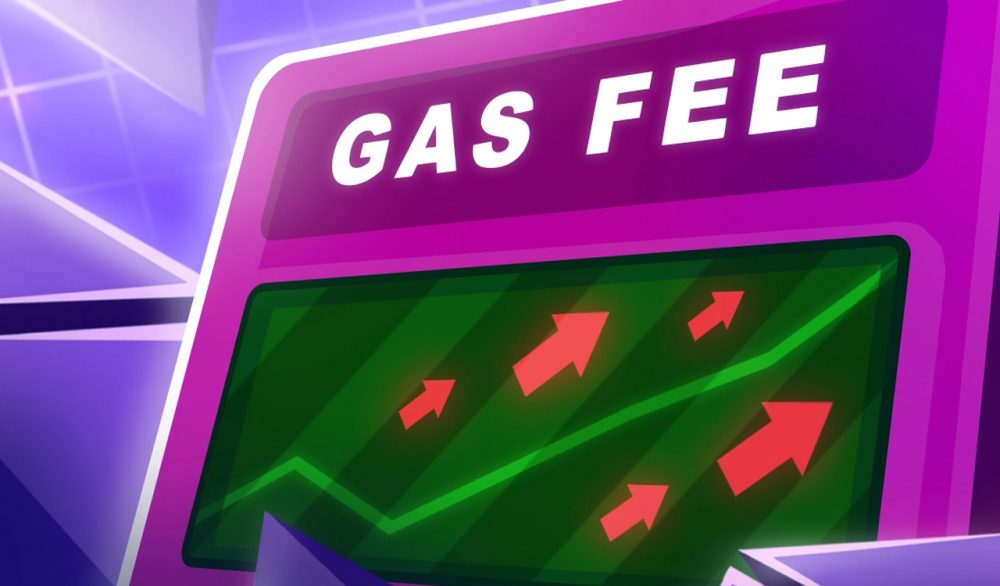Gas Fee means gas fee in Turkish. It refers to the amount of ETH required by users to interact on the Ethereum network.
What is Gas Fee?
Gas fees basically determine the fee for completing a cryptocurrency transaction. Gas Fee was built for the Ethereum network and its native cryptocurrency, ETH. However, crypto traders can also refer to transaction fees for other cryptocurrencies as gas. Gas Fee has been named Gwei by the Ethereum team. Since millions of server transactions are made per second, it was decided that this should have a cost and a gas fee was created. Gas fees are paid for the energy that Ethereum miners need to execute a transaction.
In addition, the gas fee provides a layer of security to the Ethereum network. Gas fees have been imposed by Ethereum developers to help secure the network. This is because charging a fee for each transaction prevents malicious people from spamming the network and reduces the risk of computational waste. It is used to verify transactions and reward miners. It becomes a bad scenario for investors when gas fees increase when the Ethereum network is congested. Ethereum is a Proof of Work blockchain. When the transactions on the network are performed, the ETH award is given to the user with the most powerful computer. In addition, PoW is an environmentally harmful mechanism. Gas fees are created with the aim of processing transactions on the network and incentivizing miners.

How Does Gas Fee Work?
In the Ethereum blockchain, gas refers to the cost required to perform a transaction on the network. It is shown in small fractions of ETH called Gwei. One of the areas where Gas Fee is used the most is NFTs. Different Gas Fee rates are available on many platforms. In addition, on the Ethereum network, gas fees are paid using the local currency ether (ETH). Gas fees for an Ethereum transaction depend on the gas limit and the current price per gas unit.
Gas prices are measured with “GWEI”. One GWEI is equivalent to 0.000000001 ETH. Since GWEI is an ETH unit, the gas price increases or decreases depending on the supply and demand of the local currency. Gas charges increase according to demand. Increasing demand for a cryptocurrency requires more computing power to handle the increase in transactions. In addition, the extra resources required to process transactions result in higher prices per unit of gas. As it depends on the value of the currency, the value of each unit also increases.
How to Lower Gas Fee?
The cost of gas fees is determined by miners based on current supply and demand. Ethereum gas cost; It depends on the current gas demand, the demand for computing power to process smart contracts, the total number of transactions, and the size of the smart contract that is intended to be executed. There is no way to directly reduce the transaction fee. However, the total fee can be reduced by reducing the base fee and the tip. In order to transact with a lower gas fee, it can be preferred when the network is not busy. Weekends are generally less crowded. With the tip reduction method, the cost of gas fees can be reduced. A tip is an additional fee to miners in exchange for faster processing time. If the transaction does not have to be instantaneous, a reduced gas fee may be paid. In addition, Ethereum gas fees can be reduced with layer-2 scaling solutions.







